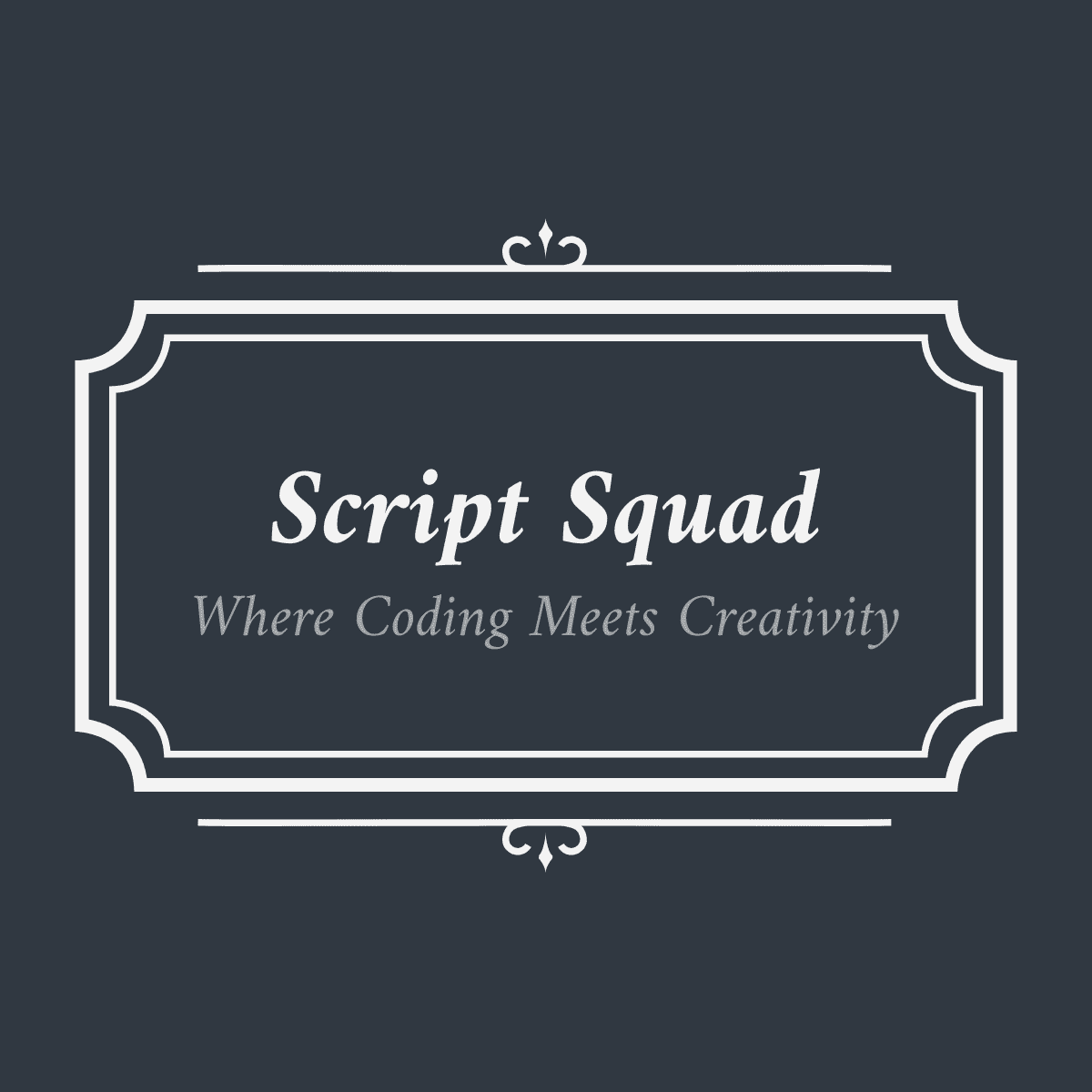PHP in Programming: The Language That Powers the Web (with a Touch of Humor)
But before we dive into the technical details, let's start with some humour. Yes, humour. Because let's face it, programming can be dry and dull. So let's spice things up a bit with some jokes about PHP.
Why did the PHP developer go broke?
Okay, maybe that wasn't the best joke, but let's move on.
Here's another one:
Why did the programmer quit his job?
He didn't get arrays.
Alright, enough with the jokes. Let's get down to business.
What is PHP?
PHP (which stands for Hypertext Preprocessor) is a
server-side scripting language that is used to create dynamic web pages. It was
originally created in 1994 by Rasmus Lerdorf as a set of Common Gateway
Interface (CGI) scripts to help him manage his personal website. Since then, it
has evolved into a full-fledged programming language that is used by millions
of developers around the world.
PHP is a free and open-source language, which means that
anyone can use it and contribute to its development. It is also highly
versatile and can be used to create a wide range of web applications, from
simple personal websites to complex e-commerce platforms and social networking
sites.
Why use PHP?
So, why use PHP? Well, there are several reasons:
1. It's easy to learn
Compared to other programming languages, PHP has a
relatively simple and intuitive syntax that is easy to learn. This makes it a
popular choice for beginners and experienced developers alike.
2. It's scalable
PHP is highly scalable and can handle a large volume of
traffic, which makes it a popular choice for websites and web applications with
high traffic.
3. It's cost-effective
PHP is open-source and free to use, which makes it a
cost-effective option for web development.
4. It's versatile
PHP can be used for a wide range of applications, from
simple personal websites to complex e-commerce platforms and social networking
sites.
5. What can you do with PHP?
With PHP, the possibilities are endless. Here are just a few
examples of what you can do with PHP:
1. 1. Create a blog
PHP is the language that powers popular blogging platforms
like WordPress. With PHP, you can create your own blogging platform or
customize an existing one to suit your needs.
2. 2. Build an e-commerce site
PHP is also used to create e-commerce platforms like Magento
and WooCommerce. With PHP, you can create an online store with features like
product catalogue management, order management, and payment processing.
3. 3. Develop a social networking site
PHP is the language that powers popular social networking
sites like Facebook. With PHP, you can create your own social networking site
with features like user profiles, status updates, and messaging.
4. 4. Create a content management system
PHP is also used to create content management systems like
Drupal and Joomla. With PHP, you can create a website with features like user
authentication, content editing, and publishing.
Conclusion
So there you have it - a brief overview of PHP in
programming. While it may not be the most exciting language out there, it is
certainly one of the most powerful and versatile. With PHP, you can create a
wide range of web applications that are scalable, cost-effective, and easy to
use.
And if you're a developer, remember - always keep your
arrays in check.






0 Comments